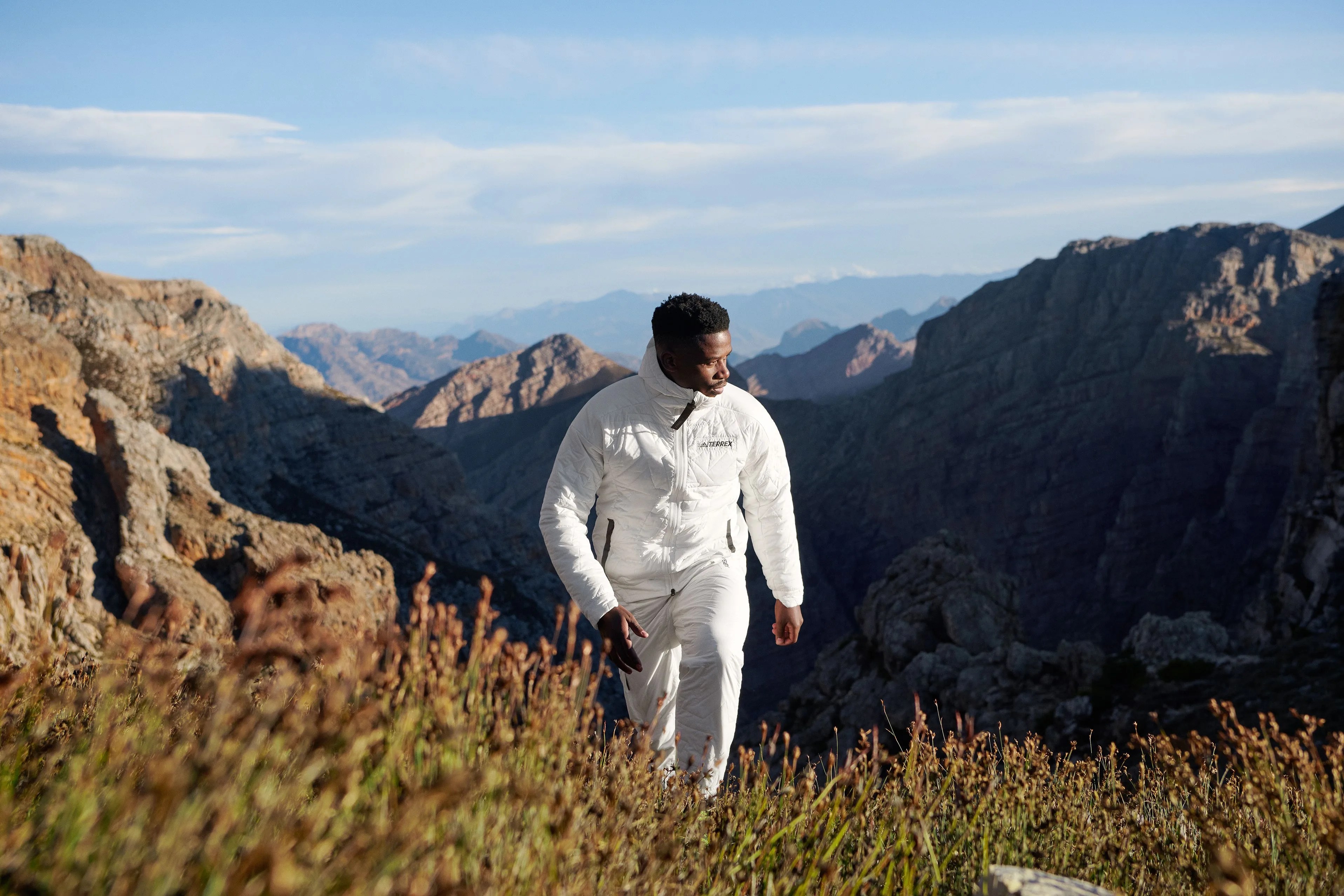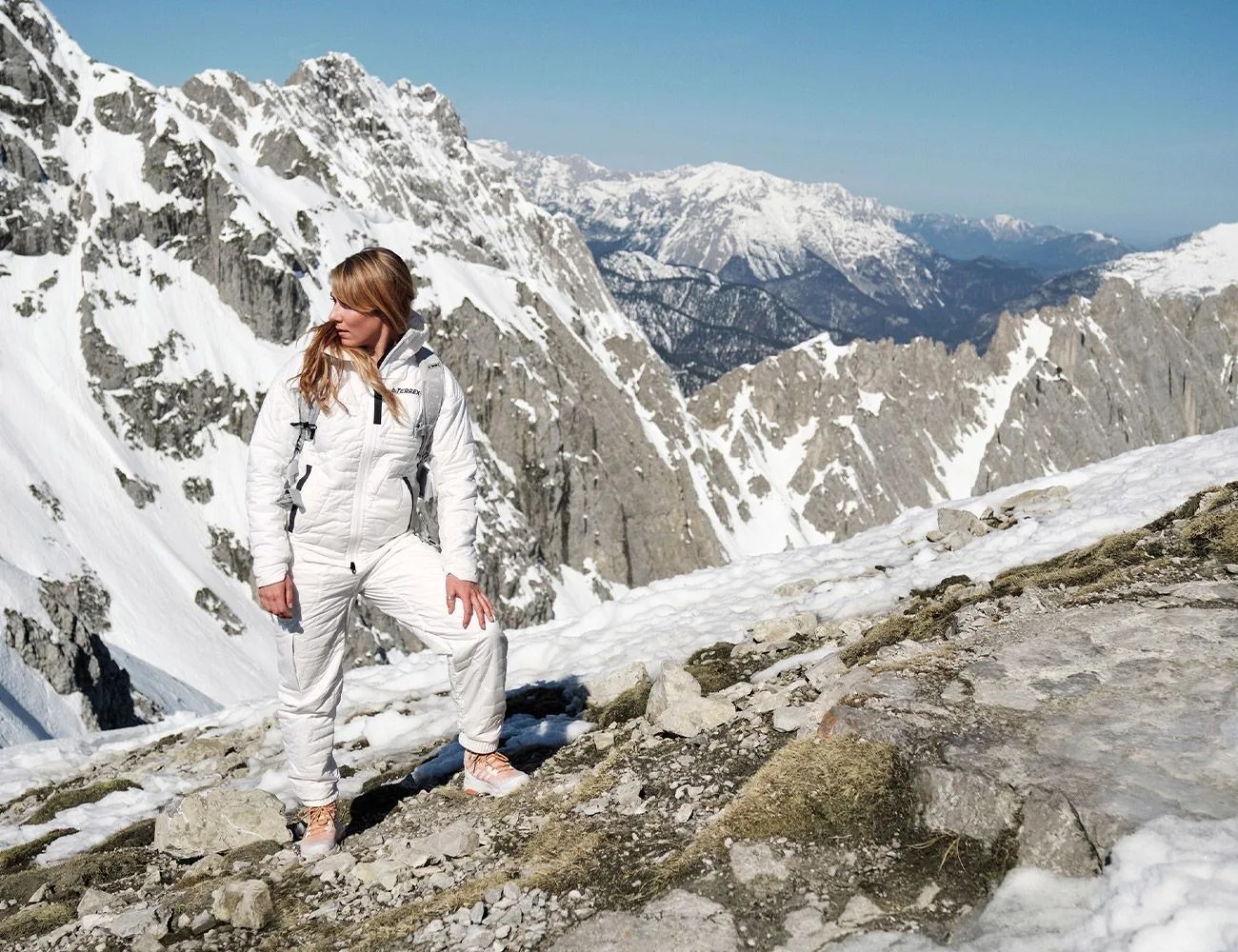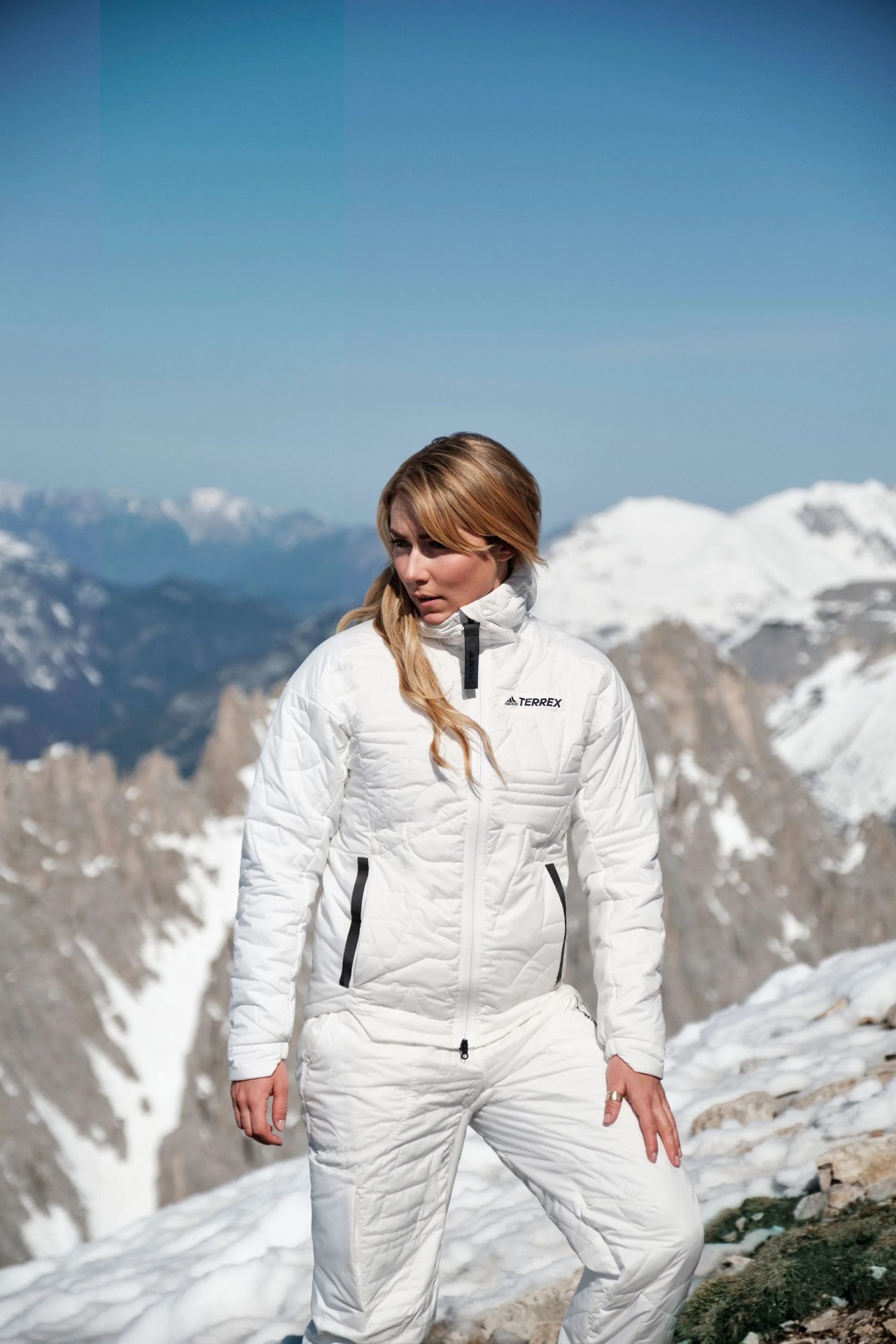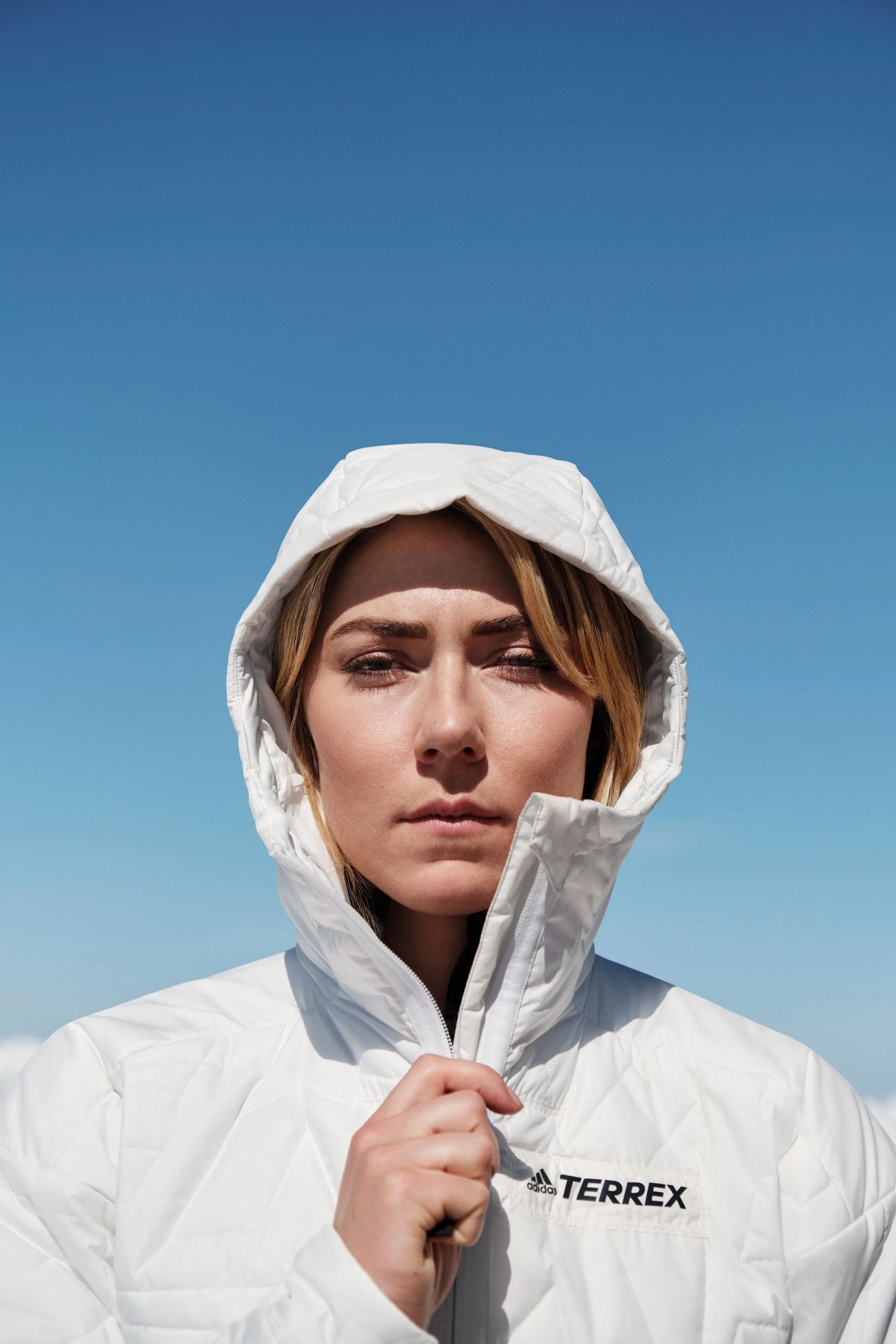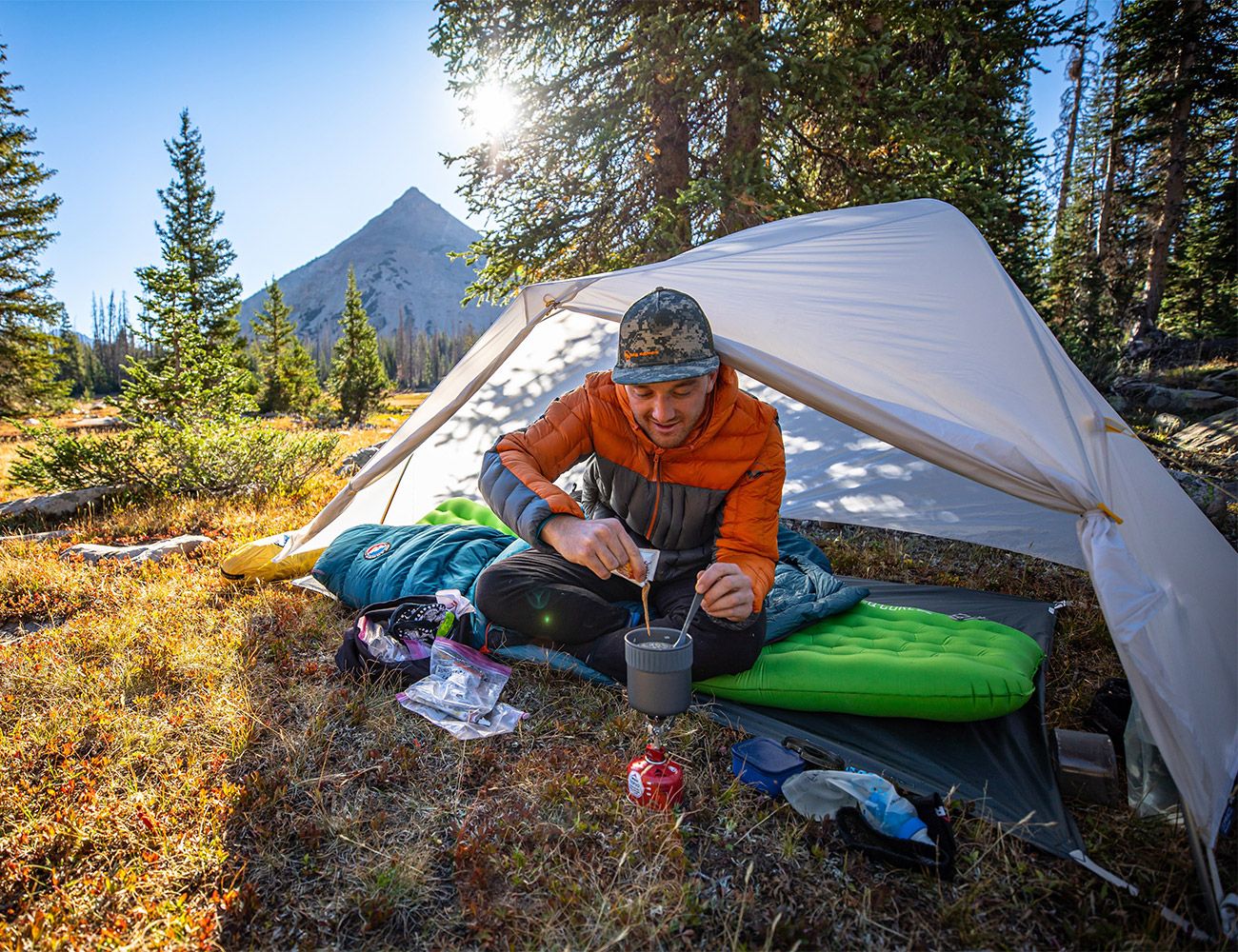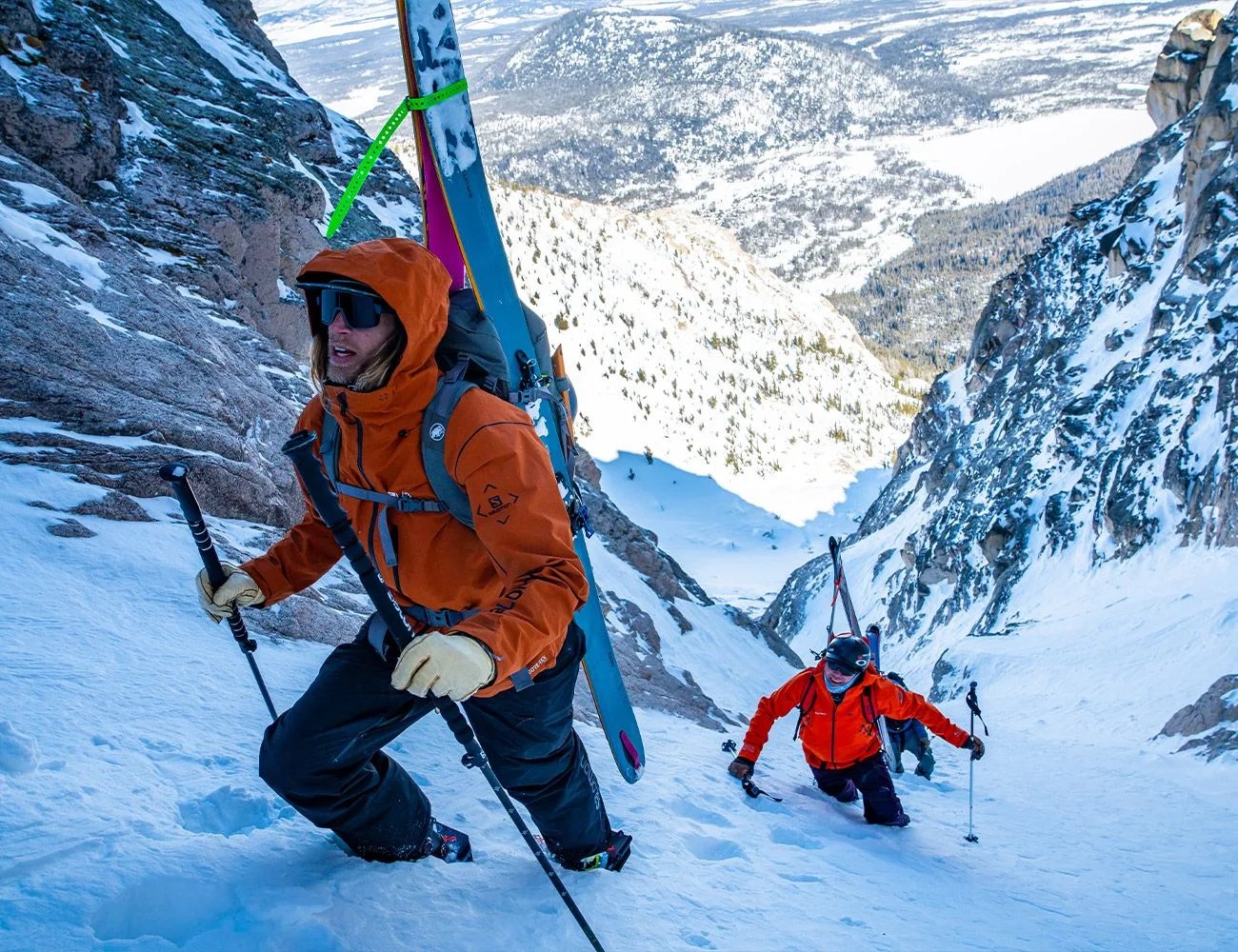A few weeks back, Adidas Outdoor held a virtual event for members of the media, highlighting some of its latest offerings for the new season. Such showcases are part of the new normal; the ongoing pandemic has rendered remote brand presentations more common than in-person ones.
Still, there was something new and novel about what Adidas had to share. Developed in partnership with Parley for the Oceans, the brand’s all-new Terrex MyShelter PrimaLoft Hooded Jacket is a snowy white commitment to help end plastic waste, a bit of alchemy that transforms discarded bottles and other “trash” into functional, gorgeous outerwear.
The Parley for the Oceans partnership, as well as the technical aspects of the jacket itself, were enough to keep anyone captivated. However, what stuck out to me was the jacket’s color — or lack thereof.
 Adidas
Adidas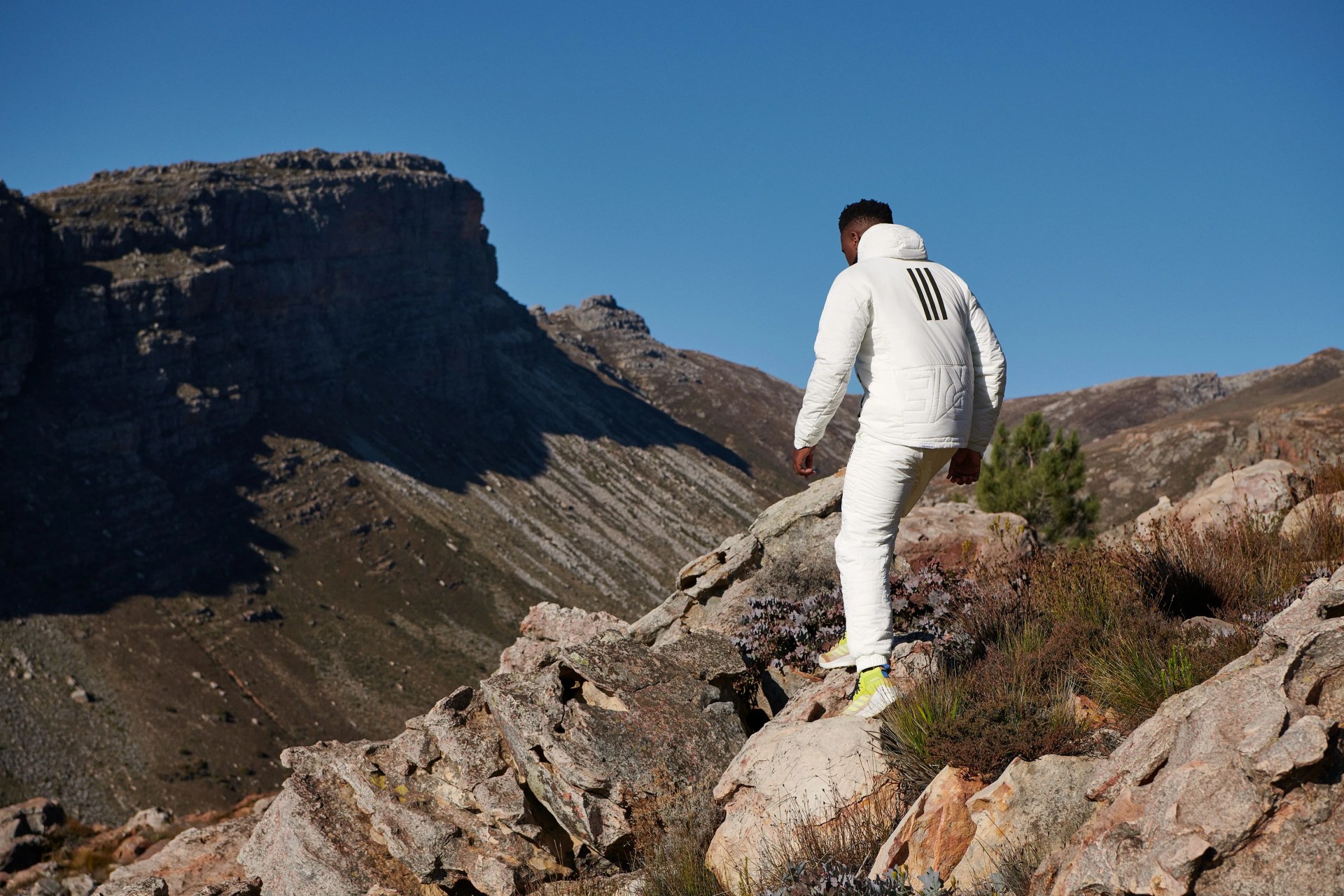 Adidas
AdidasRethinking the Process
In the past five years, certain segments of the outdoor space have begun to shift away from conventional, environment-destroying dyeing techniques in favor of more responsible approaches. These methods are one way of addressing the paradox that haunts the outdoor industry: In the race to push innovation and consumption of the outdoor gear that allows us to get out and explore in comfort and style, we are poisoning the very environments where we hope to recreate.
So what is a brand, or an ethically-minded consumer to do? The most obvious, albeit least talked about solution would be to stop consuming at the rapid pace we’ve been taught to expect. It would mean buying less, mending more and reframing what a ‘necessity’ truly is.
